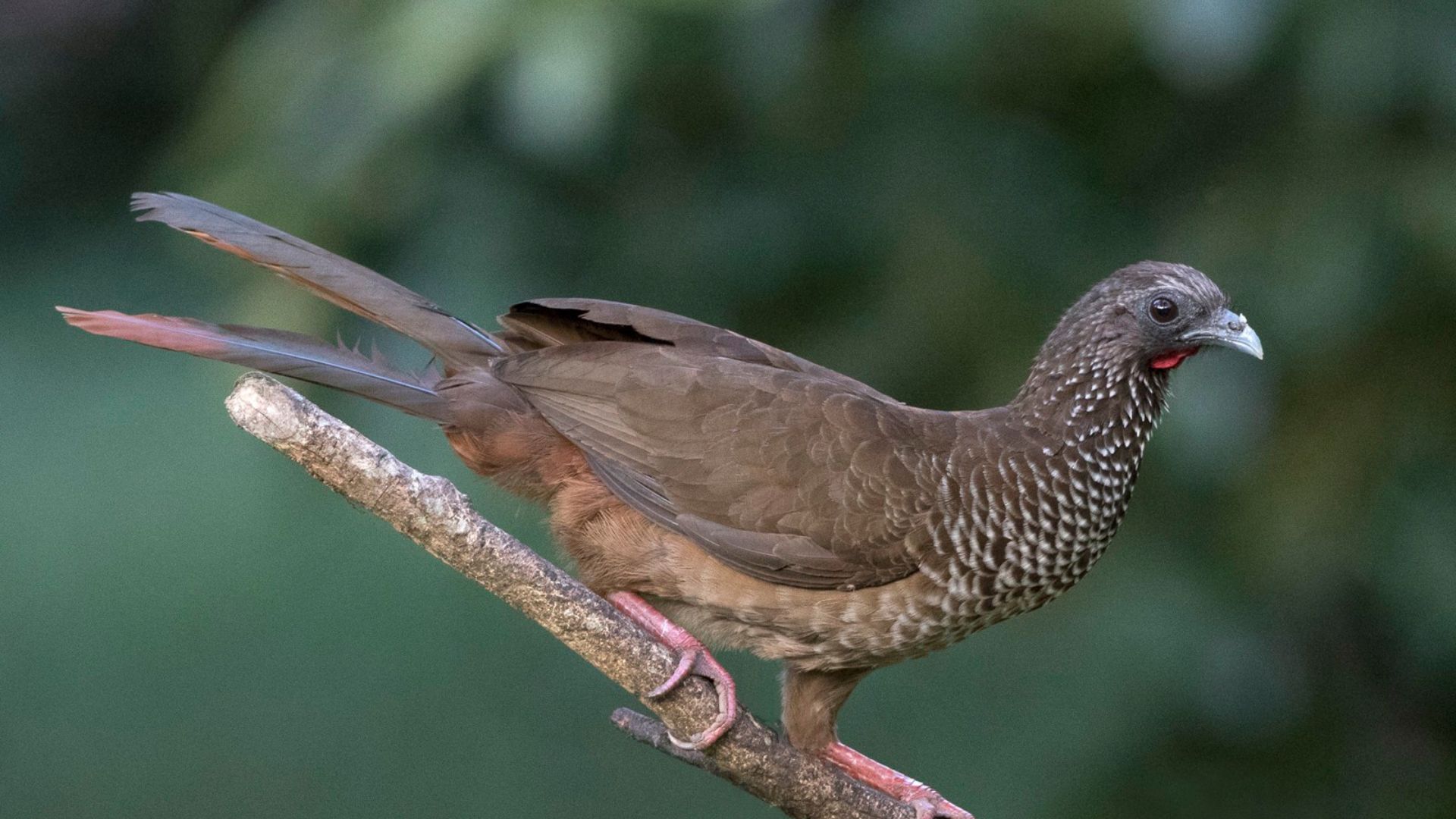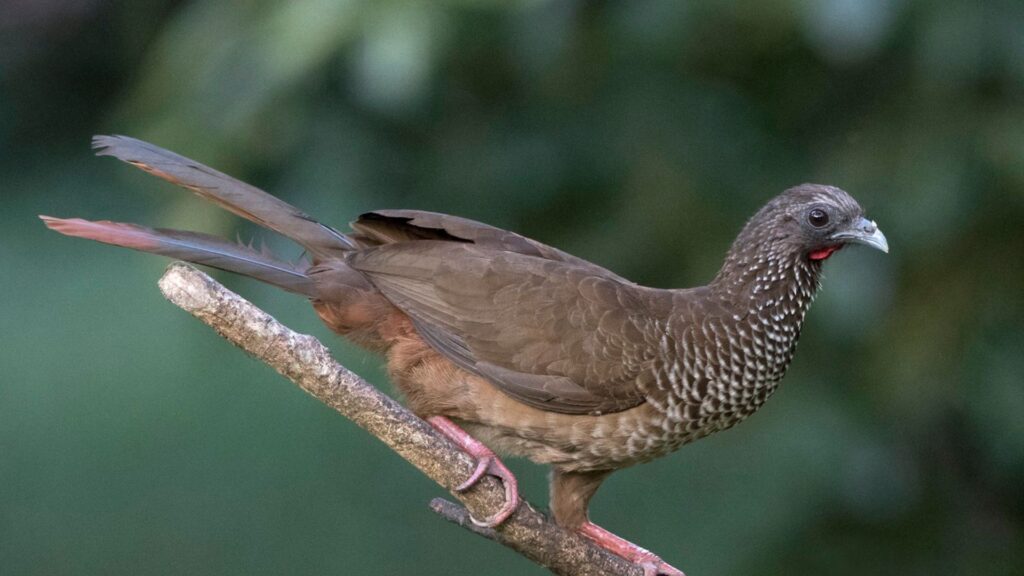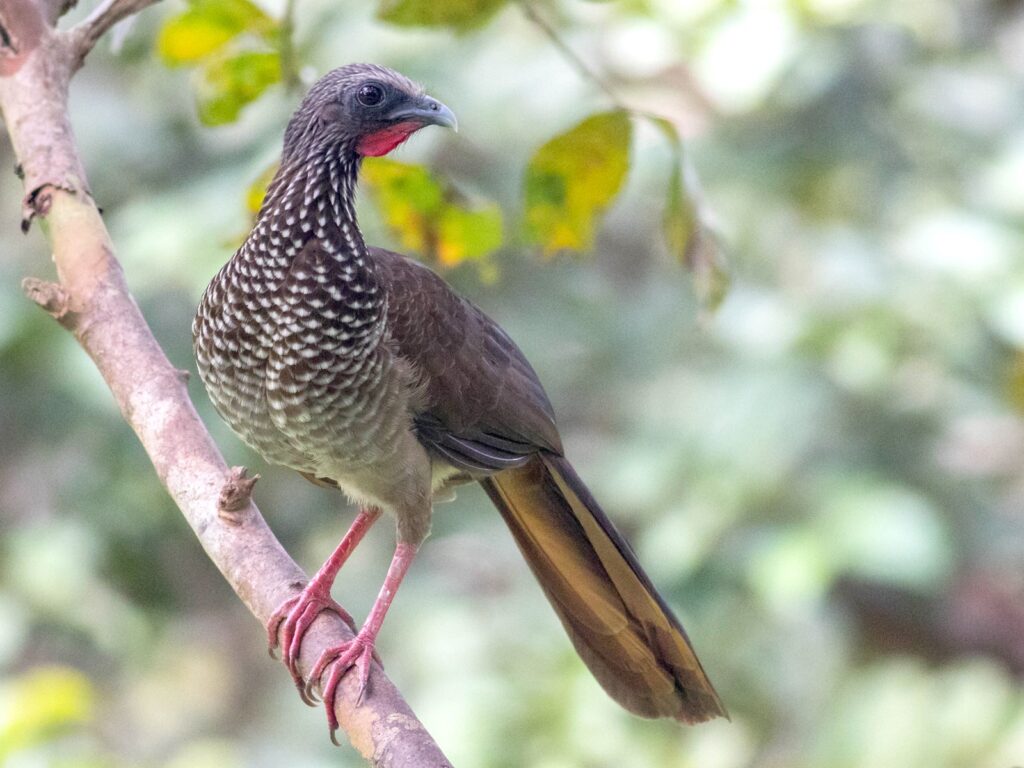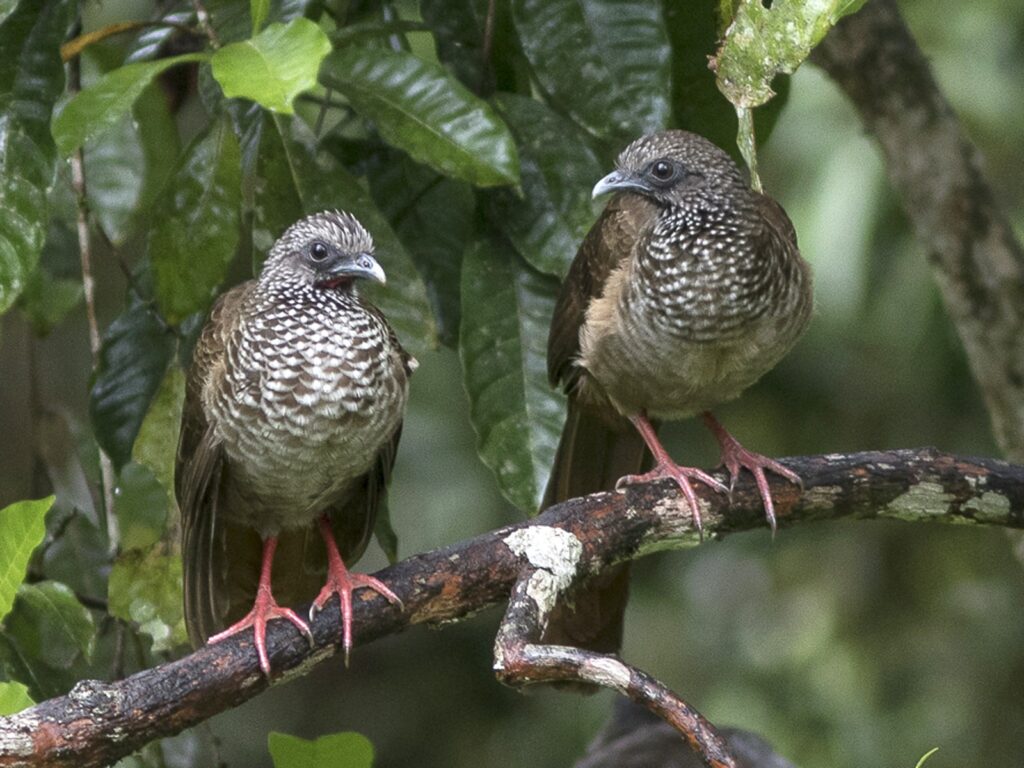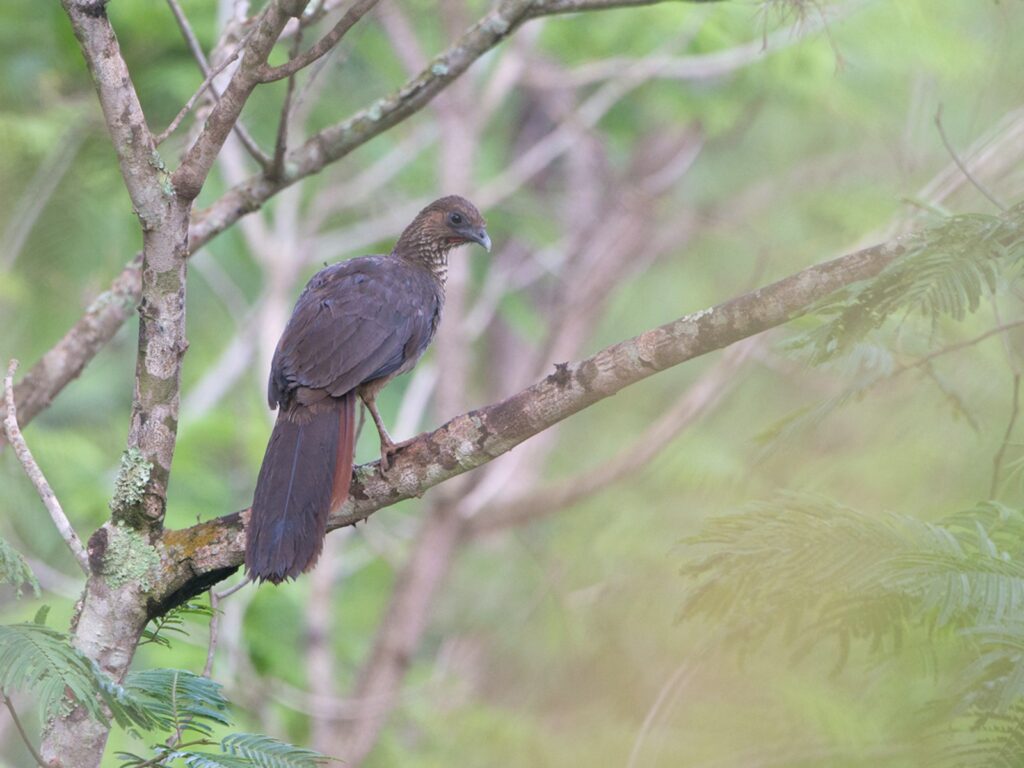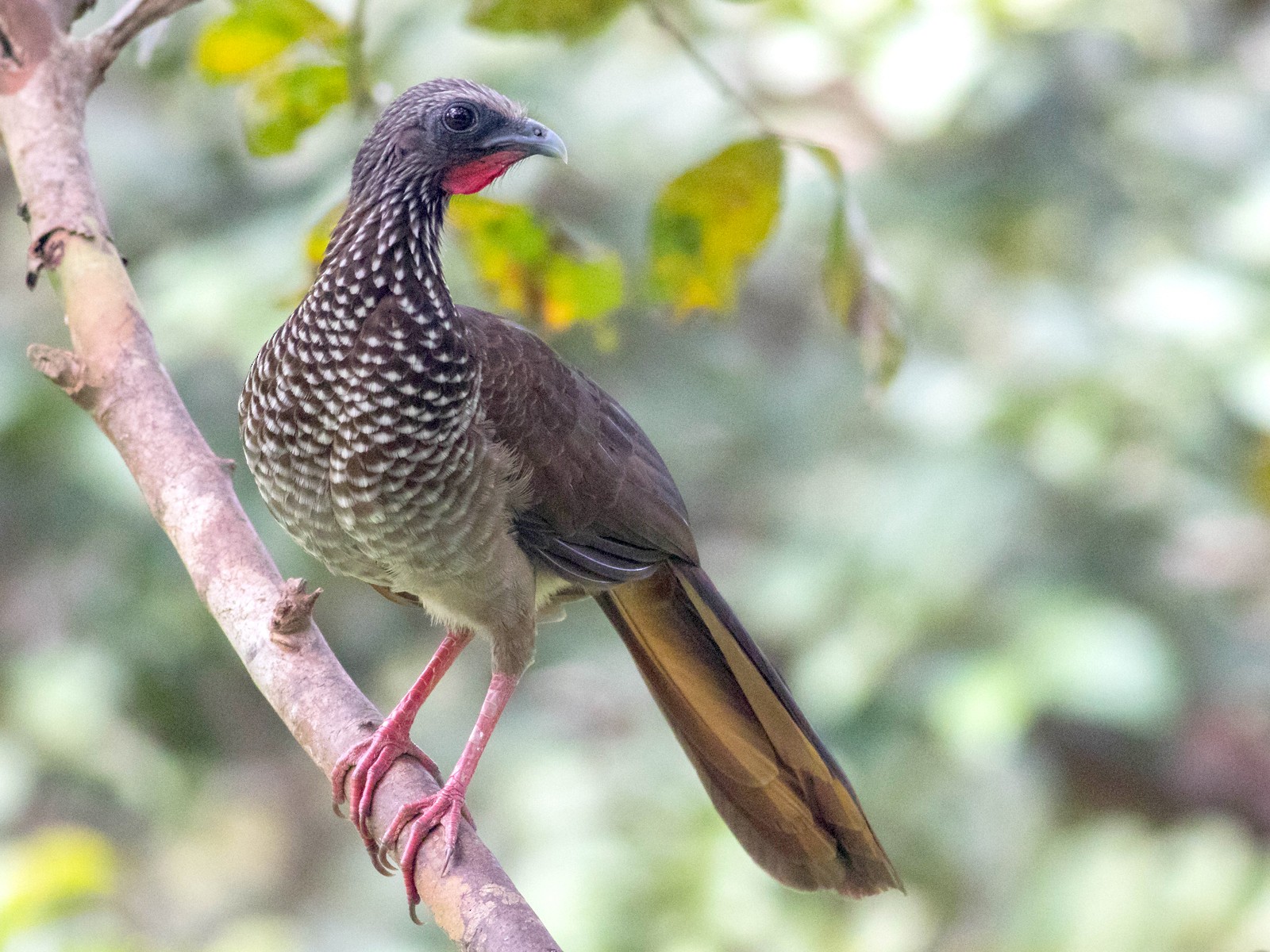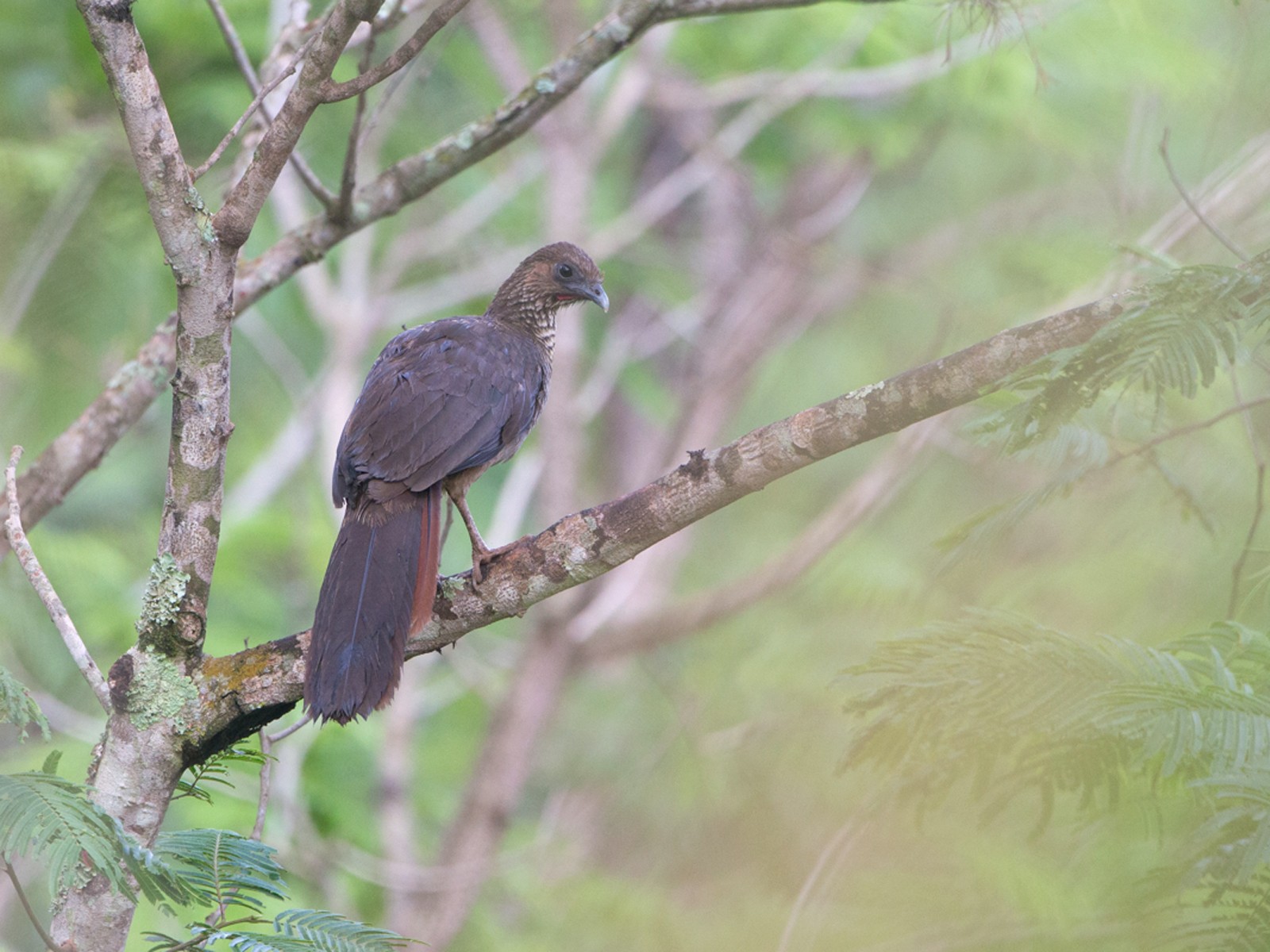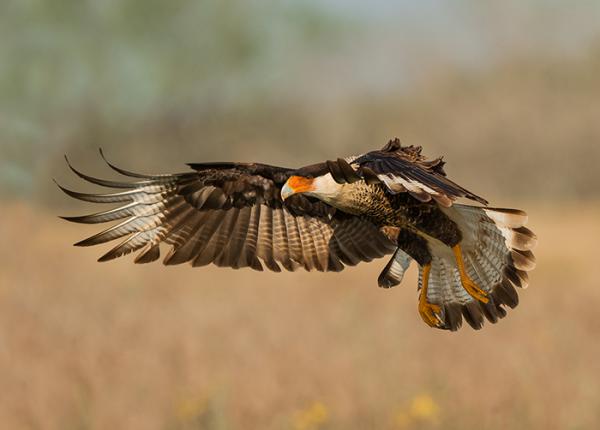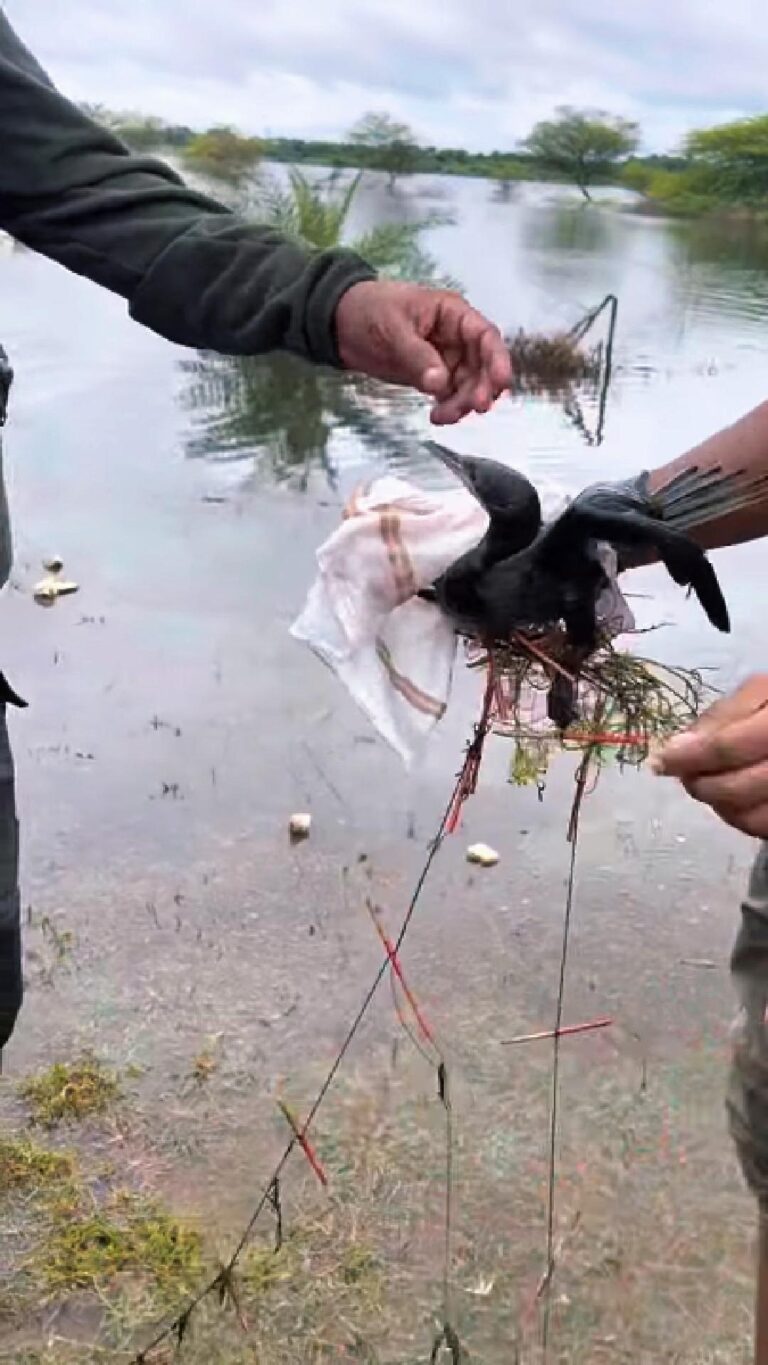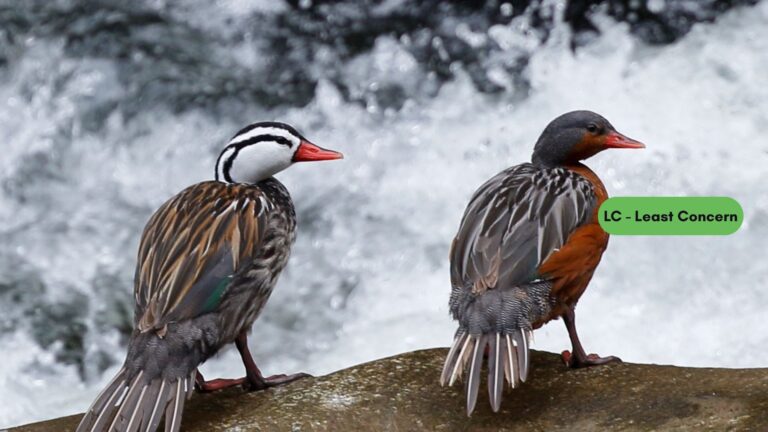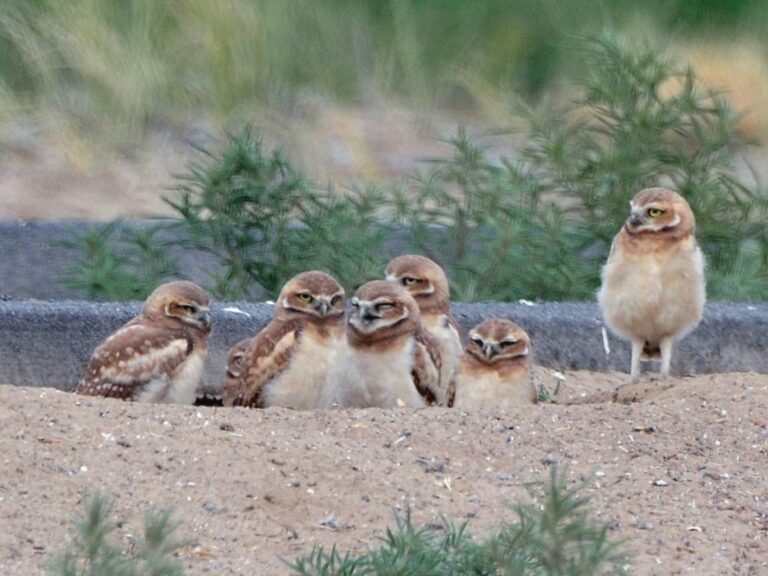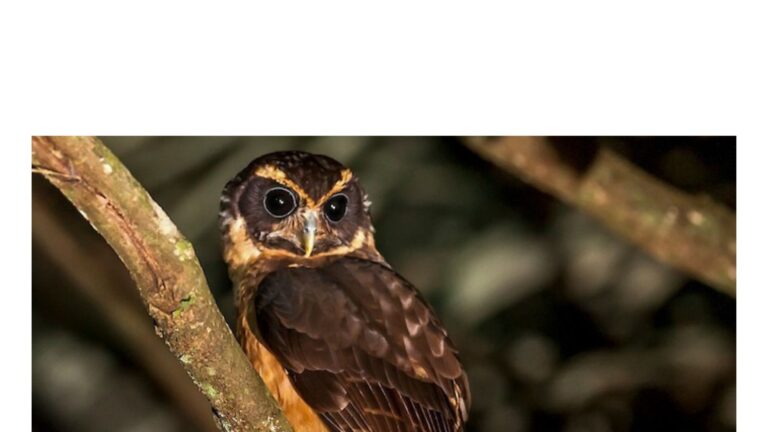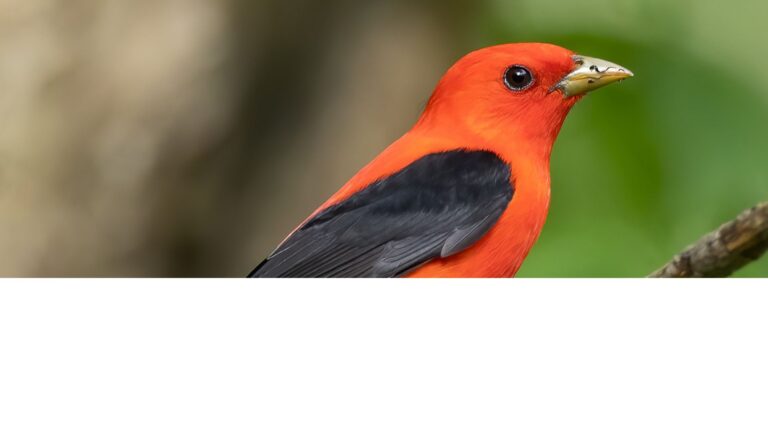Speckled Chachalaca: Discover the Unique Beauty and Behavior of This Tropical Bird
The Speckled Chachalaca, known scientifically as Ortalis guttata, is a fascinating bird that belongs to the Cracidae family. This bird is recognized for its distinctive speckled feathers and vibrant calls, which contribute to its charm in both natural habitats and urban surroundings. Observers can often find this species in Central and South America, where it thrives in tropical forests and shrublands.
These ground-dwelling birds are social and often seen in groups, providing unique opportunities for bird watchers and nature lovers. Their diet primarily consists of fruits and seeds, making them important players in their ecosystems. With adaptations that suit their environment, the Speckled Chachalaca showcases interesting behaviors that enrich the biodiversity of its habitat.
Conservation efforts are essential for protecting the Speckled Chachalaca as its natural environments face challenges from human activities. Understanding its role in the ecosystem helps emphasize the importance of preservation for future generations.
Key Takeaways
- The Speckled Chachalaca is known for its unique speckled feathers and lively vocalizations.
- It thrives in tropical habitats and plays a crucial ecological role through its diet.
- Conservation efforts are vital to protect this bird from habitat loss and other threats.
Taxonomy and Classification
The taxonomy and classification of the Speckled Chachalaca are essential to understanding its ecological role and conservation status. This bird belongs to a specific taxonomic category within a broader family known for its unique traits.
Species Overview
The Speckled Chachalaca, scientifically known as Ortalis guttata, is a medium-sized bird found in Central and South America. Its distinctive plumage includes a mix of brown and gray feathers with white spots, which provides it with excellent camouflage in its natural habitat.
Ortalis guttata is primarily associated with tropical forests and is known to form small groups. These birds are ground-dwelling and often forage for fruits, seeds, and insects. Their social behavior and vocalizations are notable, with a range of calls that contribute to their communication within flocks.
Family Cracidae
The Speckled Chachalaca is part of the family Cracidae, which comprises chachalacas, guans, and curassows. This family is characterized by robust bodies and strong legs, adaptations that allow them to thrive in terrestrial environments.
Unlike many other birds, members of Cracidae have a unique breeding system where both parents may participate in raising the young. The conservation status of species within this family often varies, with several facing threats due to habitat loss.
This complex family structure illustrates the ecological importance of the Cracidae, where each species contributes to seed dispersal and forest health. Understanding these connections is crucial for conservation efforts aimed at preserving these bird populations.
Physical Characteristics
The Speckled Chachalaca is known for its unique physical traits. This bird displays distinct plumage and markings that set it apart from other species. Understanding these features helps in identifying the Speckled Chachalaca in its natural habitat.
Plumage Descriptions
The plumage of the Speckled Chachalaca is primarily brown, which provides excellent camouflage against the forest floor. The bird’s feathers are characterized by a soft texture, allowing for quiet movement through dense underbrush.
This species has notable white scaling on its wings and upperparts. This scaling creates a speckled effect, enhancing its name. The color and pattern not only serve an aesthetic purpose but also play a crucial role in hiding from predators.
In general, male and female chachalacas have similar plumage, but males may display slightly more vibrant colors during mating season. Their duller appearance helps them blend in with their surroundings, promoting survival.
Distinctive Markings
Distinctive markings of the Speckled Chachalaca contribute to its unique identity. The bird’s head and neck are typically adorned with a contrasting dark brown hue, creating a sharp border against the lighter body feathers.
Additionally, the bird features a pale eye, which can be a critical identification marker. The beak is robust and curved, aiding in their diet of fruits, seeds, and leaves.
There are subtle variations in markings based on the specific populations found in different regions. Such differences in coloration and patterning can help birdwatchers identify various subspecies of the Speckled Chachalaca.
Natural Habitat
The Speckled Chachalaca thrives in a variety of environments, mainly in South America. Its natural habitat includes lush forests and woodlands, which provide both shelter and food. The following details outline the key geographical and ecological aspects of its habitat.
Geographical Distribution
Speckled Chachalacas are mainly found in the Amazon Basin, covering regions of Peru, Brazil, Colombia, and Bolivia. These birds prefer tropical climates where dense forests are abundant.
In addition to the core native territories, they have expanded into agricultural lands, particularly in lowland areas. This adaptation allows them to access more food options, but it also places them at risk from habitat loss due to deforestation.
Forests and Woodlands
The preferred habitats of Speckled Chachalacas include tropical rainforests and seasonal woodlands. They often inhabit dense understories, where they find shelter from predators. These areas provide an essential source of food, mainly fruits, seeds, and leaves.
The ecology of these forests supports a diverse range of species, helping to maintain a balanced ecosystem. The loss of forest areas impacts the chachalaca’s food supply and nesting sites, posing a threat to their populations. As restoration efforts occur, the preservation of forests is critical for the species’ survival.
Behavior and Ecology
The behavior and ecology of the Speckled Chachalaca reflect its adaptations to tropical environments. Key aspects include its diet, feeding habits, and reproductive patterns, which play vital roles in its survival.
Diet and Feeding Habits
Speckled Chachalacas primarily feed on fruits, seeds, and flowers. They are known to forage on the ground and in trees, seeking a variety of food sources.
Their diet can include:
- Fruits such as berries and palm fruits
- Seeds from various plants
- Vegetation, including leaves and flowers
They often move in groups, which helps them find food more efficiently. This social behavior also provides safety in numbers from predators.
In Central Peru, studies showed these birds are opportunistic feeders, adapting to the available food options in their habitat. They play an important role in their ecosystem by helping with seed dispersal.
Reproduction and Life Cycle
Speckled Chachalacas generally breed during the wet season. They build their nests in trees, using twigs and leaves for construction.
Key points of their reproductive behavior include:
- Nest location: Typically in dense foliage to protect against predators.
- Eggs: The female lays around 2 to 6 eggs, which are incubated mostly by her for about 24 days.
After hatching, the chicks are precocial. They can leave the nest shortly after birth but rely on their parents for protection and food.
Through their lifecycle, these birds exhibit strong parental care, ensuring the survival of their young in the competitive forest environment.
Conservation Status
The conservation status of the Speckled Chachalaca is critical as it faces various threats to its survival. Understanding these threats and the ongoing conservation efforts is essential for preserving this bird species.
Threats to Survival
The Speckled Chachalaca is primarily threatened by habitat loss due to deforestation and urban expansion. This bird prefers dense rainforest habitats in regions like Peru, where mixed vegetation is essential for their survival.
Additionally, hunting poses a significant risk. Speckled Chachalaca is often targeted for bushmeat, affecting its population numbers. The introduction of predators, such as invasive species, also disrupts their nests and feeding grounds.
These factors combined create a precarious situation for the Speckled Chachalaca, leading to its classification as a species of concern.
Conservation Efforts
Conservation efforts for the Speckled Chachalaca involve protecting its natural habitat and implementing sustainable land-use practices. Organizations are working to establish protected areas that secure important rainforest regions.
Education programs aim to raise awareness about the importance of the Speckled Chachalaca and its ecosystem. Local communities are encouraged to participate in conservation initiatives, reducing hunting pressures.
Research plays a vital role in these efforts by monitoring populations and habitat conditions. Collaborative projects between governments, NGOs, and local groups help create a comprehensive approach to conservation. Through these combined efforts, hope remains for the survival of the Speckled Chachalaca.
Frequently Asked Questions
The Speckled Chachalaca is a fascinating bird with unique traits and characteristics. This section answers common questions regarding its habitat, appearance, calls, conservation status, and distribution.
What is the typical habitat of a Speckled Chachalaca?
The Speckled Chachalaca prefers tropical and subtropical forests. It often inhabits dense undergrowth and areas near water sources. This bird thrives in environments like rainforests and secondary growth forests.
How can one distinguish between a male and female Speckled Chachalaca?
Males and females have similar appearances, making it challenging to tell them apart. Males are generally larger, with more pronounced vocalizations. Females may have slightly duller plumage and are often smaller in size.
What does the Speckled Chachalaca’s call sound like?
The call of the Speckled Chachalaca is a series of loud, distinct clucks and honks. It can sound like a “chacha-laca” sequence, which is how it gets its name. These calls are used for communication, especially during mating season.
Is the Speckled Chachalaca considered an endangered species?
The Speckled Chachalaca is not currently classified as endangered. However, habitat loss poses a threat to its populations. Conservation efforts aim to protect its forest habitats and maintain stable populations.
In what regions is the Speckled Chachalaca most commonly found?
The Speckled Chachalaca is found in several regions across Central and South America. It primarily ranges from southern Mexico to parts of Brazil. It is commonly spotted in habitats that suit its needs throughout this area.
What are the main differences between the Speckled Chachalaca and other Chachalacas?
The Speckled Chachalaca has unique speckling patterns on its feathers, setting it apart from other species. Its distinct call and slightly larger size also differentiate it. Additionally, habitat preference can vary, with Speckled Chachalacas favoring denser forests compared to others.
